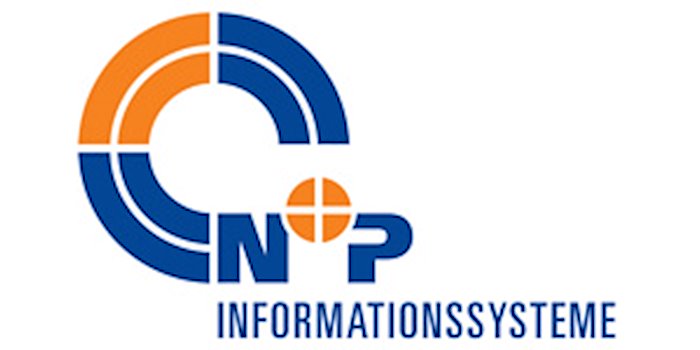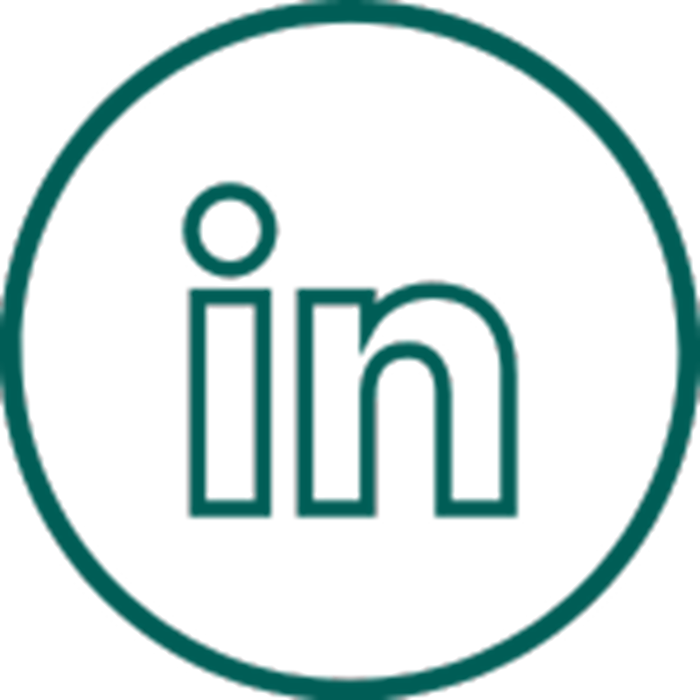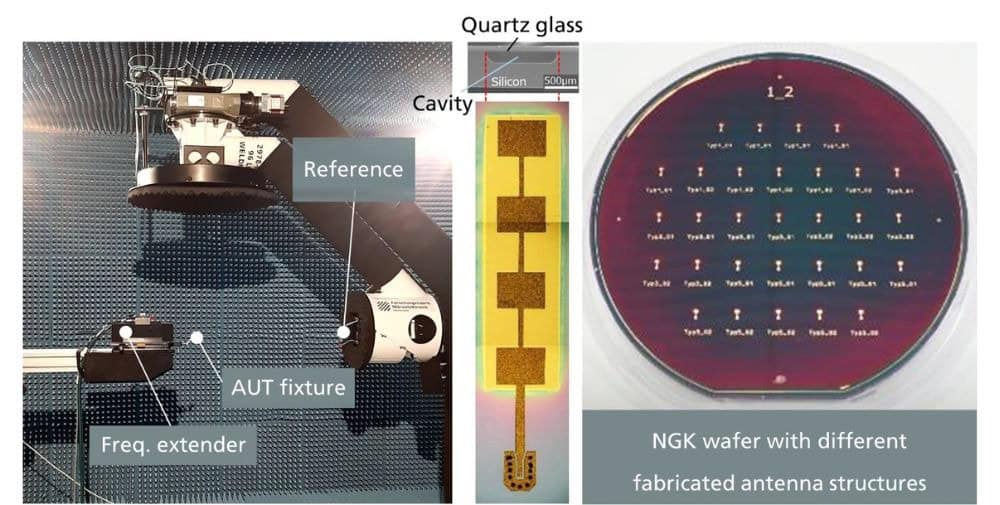Using BIM and IoT data for the digital twin
Considering that 70-80 % of the building’s life cycle is accounted for by the use or operation of the building, it becomes clear how important efficient building operation is. In addition to optimised technical building equipment, a high degree of digitalisation is an essential prerequisite. Only with the help of real-time data can consumption be recorded and optimised. In addition to real-time data, access to current building data from planning, design and construction is an essential prerequisite. This data is usually available in the form of BIM model data for new buildings or more complex conversions. By combining this BIM model data with the IoT real-time data, the digital building twin is created. It does not matter whether it is a residential or commercial building, a public facility or a production company.
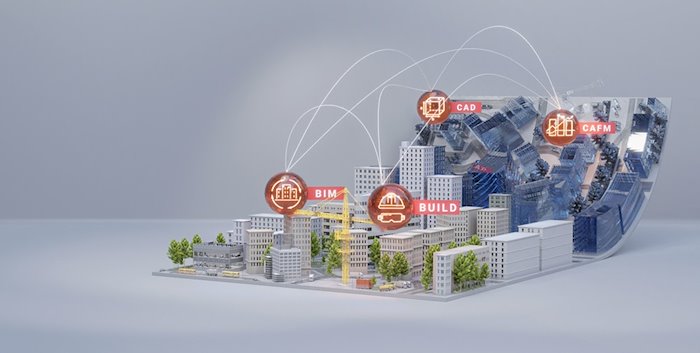
The visualization illustrates the concept from BIM design to digitally mirrored building. | Image: N+P
Thanks to an open BIM model, which is continuously enriched with data by the various partners involved from planning to commissioning, extensive data is available. This consistency and easy access to the data are necessary prerequisites for further automation and optimisation in building use. This data transparency is achieved with the informative digital twin, which is the basis for further expansion stages of the digital twin.
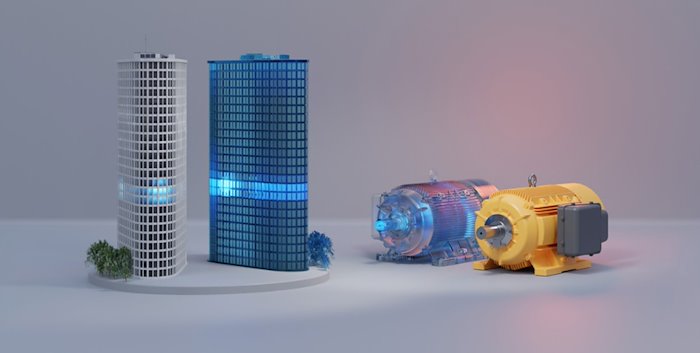
Digital twins | Image: N+P
N+P Informationssysteme GmbH (N+P) can provide support at this point with an open platform for mapping digital twins. It does not matter whether it is a building, a plant or a production or factory. The focus is on creating transparency via various information sources such as BIM models and IoT data.
On the basis of this transparent data, AI-based optimisations can be carried out or even cross-system processes such as predictive maintenance or automated notifications of service providers in the event of malfunctions or deviations. Furthermore, the BIM models are enriched with information or usage data over the entire life cycle and reflect changes in real time compared to defined points in time.
The combination of BIM models and IoT real-time data results in multiple advantages of the digital building twin:
- Improved collaboration between all project participants
- Early definition of sustainable utilisation targets, costs and returns
- Sustainable optimisation of energy consumption based on dynamic performance data and analyses
- Development of new data-based business models and services with the help of AI and machine learning algorithms
- Time and cost savings in all life cycle phases
- Early failure detection and prevention in the sense of predictive maintenance
- Differentiation from the competition through optimisation of building management
- On a larger scale, several digital building twins can be integrated into an ecosystem (smart neighbourhoods or even smart cities).
_ _ _ _ _ _ _ _
Autor dieses Artikels

Schuster, Björn, N+P Informationssysteme GmbH
VP Business Development
E-mail: schuster@nupis.de 03764/4000-501
Phone: +49 3764 4000-501
_ _ _ _ _ _ _ _
Weiterführende Links
👉 N+P Digitale Fabrik
👉 N+P Digitales Gebäude
👉 Video: simul+ at N+P – Innovation from Saxony
👉 N+P Website (German)
_ _ _ _ _ _ _ _
About N+P
N+P Informationssysteme GmbH has been the competent contact for the digitalisation of the medium-sized manufacturing and construction industry since 1990. For customers in the manufacturing industry, N+P’s positioning as a digitisation partner for the entire value chain from design (CAD) to production (CAM), planning (ERP) and control (MES) to data management (PDM/PLM) is unique in German-speaking countries. For the construction industry, N+P is also a provider for the continuous digitalisation of the building life cycle (design – build – operate) and connects the IT systems of planning (CAD/BIM), construction process management (BUILD) and building operation (CAFM).
In addition to various partner solutions, N+P stands out through the development of its own software platform for mapping digital twins in the areas of Smart Factory and Smart Building. Through continuous further development, the owner-managed family business can now build on a team of ~200 IT specialists at seven locations in Germany.
